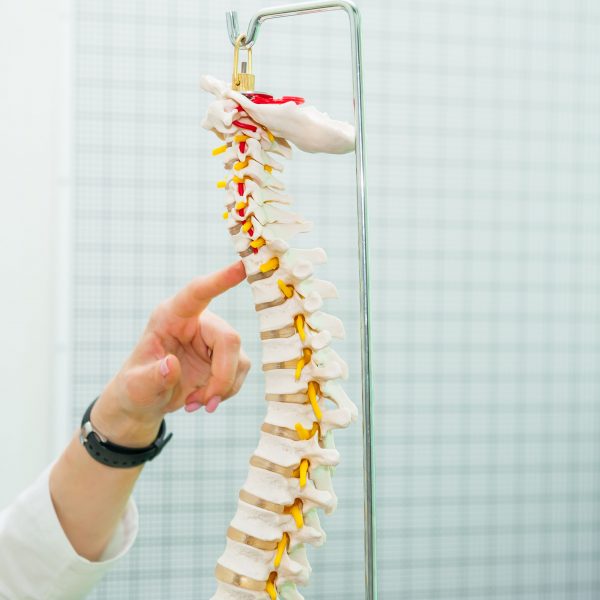Earbuds have become ubiquitous companions, a constant soundtrack to our commutes, workouts, and leisure time. While they offer convenience and portability, their frequent use can pose hidden dangers to our hearing health.
One of the most significant risks associated with earbuds is noise-induced hearing loss (NIHL). Unlike traditional over-the-ear headphones, earbuds sit directly within the ear canal, channeling sound waves intensely towards the eardrum. When listening at high volumes, these concentrated sound waves can damage the delicate inner hair cells within the cochlea, responsible for converting sound vibrations into electrical signals that our brain interprets as sound.
Over time, repeated exposure to loud noises can permanently damage these hair cells, leading to a gradual decline in hearing ability.
The symptoms of NIHL can be subtle at first, manifesting as difficulty understanding speech in noisy environments or the need to turn up the volume on TVs and radios. However, the damage is permanent and can progress to tinnitus, a constant ringing or buzzing sound in the ears. Tinnitus can significantly impact quality of life, causing difficulty concentrating, sleep disturbances, and even anxiety and depression.
The World Health Organization (WHO) recommends keeping listening volumes below 85 decibels (dB) for no more than eight hours a day. However, many popular music players and streaming services offer default settings that exceed this level. Additionally, earbuds often leak sound, creating the illusion that the volume needs to be increased to drown out surrounding noise.
To minimize the risk of NIHL, it’s crucial to be mindful of listening volumes. Here are some tips:
- Follow the 60/60 rule: Listen at no more than 60% of your device’s maximum volume for a maximum of 60 minutes at a time.
- Use a noise-canceling feature: This technology reduces background noise, allowing you to enjoy music at lower volumes.
- Take breaks: Give your ears a rest every hour by removing your earbuds for a few minutes.
Be aware of your surroundings: If you can hear your music clearly in a noisy environment, the volume is likely too loud.
Another concern with earbuds is their potential to impact earwax buildup. Earwax, a natural secretion produced by the ear canal, plays a crucial role in trapping dust, debris, and bacteria. However, excessive wax buildup can lead to temporary hearing loss, tinnitus, and even ear infections.
In-ear earbuds can disrupt this natural process. The constant insertion and removal of earbuds can push earwax deeper into the ear canal, where it can harden and become impacted. This can be particularly problematic for people who already produce a lot of earwax.
Here are some tips for preventing earwax buildup:
- Clean your earbuds regularly: Use a soft, dry cloth to wipe down the eartips after each use. Avoid using harsh chemicals or water, which can damage the electronics.
- Don’t use cotton swabs: Cotton swabs can actually push earwax further into the canal, worsening impaction.
- See a doctor if you suspect an impaction: If you experience symptoms like muffled hearing, earache, or a feeling of fullness in the ear, it’s best to consult an ear clinic for professional removal of the wax buildup.
Earbuds can also increase the risk of swimmer’s ear, a type of outer ear infection (otitis externa). This condition occurs when water trapped in the ear canal creates a warm, moist environment ideal for bacterial growth.
Earbuds, particularly those worn during exercise, can trap sweat and moisture in the ear canal, mimicking the conditions that promote swimmer’s ear. Additionally, people who wear earbuds frequently may be more susceptible to minor skin abrasions within the ear canal, creating entry points for bacteria.
Here are some tips for preventing swimmer’s ear:
- Dry your ears thoroughly: After swimming or showering, gently dry your ears with a soft towel, paying particular attention to the ear canal opening.
- Don’t use earbuds immediately after swimming or showering: Allow your ears to dry completely before inserting earbuds.
- Consider using water-resistant earbuds: Some earbuds are specifically designed for use during exercise and are more resistant to water damage.
While earbuds offer convenience and portability, it’s crucial to be aware of the potential risks associated with their frequent use. By practicing safe listening habits, maintaining proper ear hygiene, and being mindful of the environment in which you use earbuds, you can minimize these risks and enjoy your music safely.
Additional Considerations:
If you experience any discomfort or pain while using earbuds, discontinue use immediately and consult a doctor or ear clinic.
Consider using over-the-ear headphones as an alternative, particularly for extended listening sessions.
Regularly have your hearing checked, especially if you are a frequent user of earbuds or expose yourself to loud noises on a regular basis. Early detection of hearing loss allows for appropriate intervention and management to minimize further damage.
.







